Australia is known for its diverse wildlife, but while its marsupials may look adorable, they’re not all as harmless as they seem. From unexpected aggression to surprisingly deadly defenses, these animals are proof that cuteness can be deceiving. Here are 15 dangerous characteristics that make Australia’s marsupials more fearsome than you might think.
1. Kangaroos’ Powerful Kicks
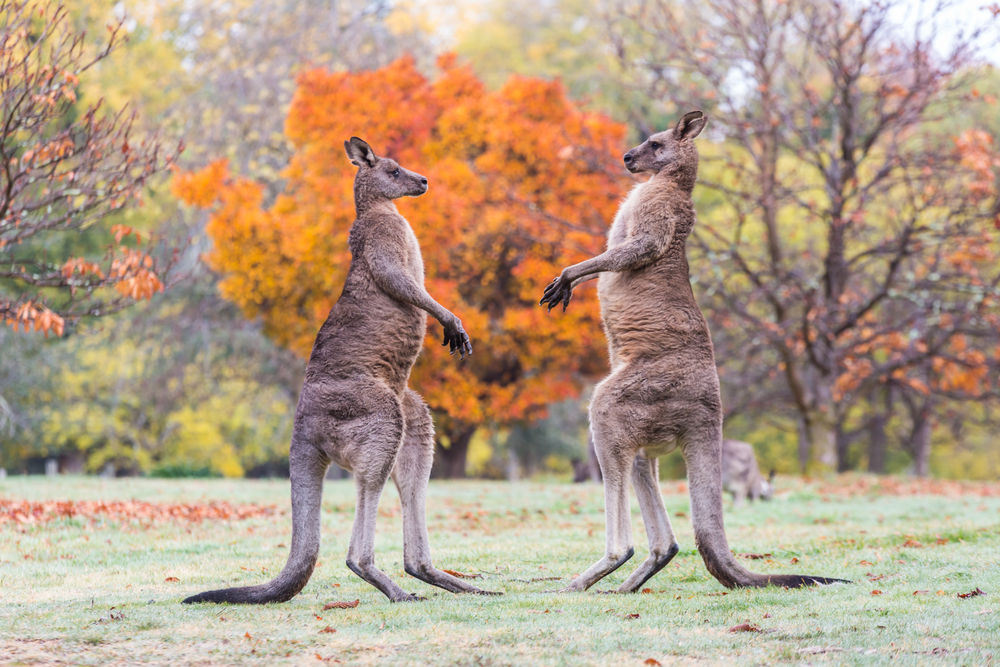
Kangaroos may look like laid-back grazers, but their legs pack enough power to disembowel a predator—or an unlucky human. Male kangaroos, in particular, are known for their territorial behavior, often using their hind legs in brutal sparring matches. If they feel threatened, they’ll stand on their tails to balance and deliver a kick strong enough to break bones. Their sharp claws only add to the danger, turning their attacks into potentially lethal encounters. Don’t be fooled by their relaxed demeanor—kangaroos are not to be underestimated.
2. Tasmanian Devils’ Bone-Crushing Bite
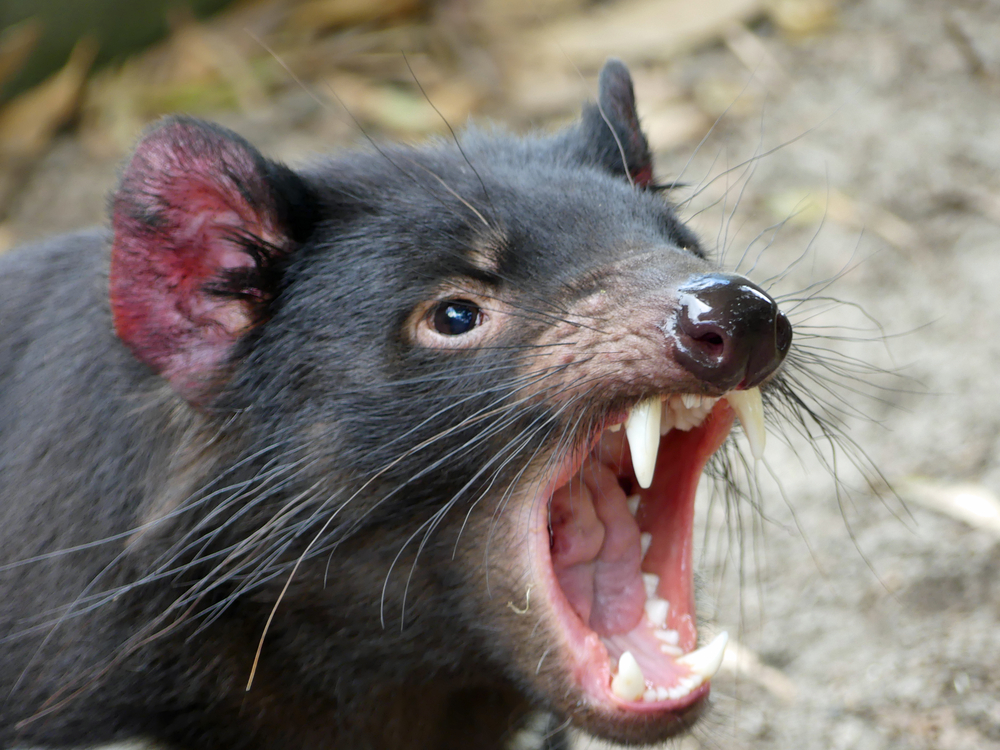
The Tasmanian Devil’s jaw strength is nothing short of terrifying, capable of crushing bones with ease. Despite their small size, these marsupials have the most powerful bite relative to body size in the animal kingdom. They’re natural scavengers, ripping apart carcasses and consuming every part, including bones. When cornered, they’ll bare their teeth and let out a chilling growl that would make even the bravest predator think twice. This feisty creature proves that size isn’t everything when it comes to danger.
3. Koalas’ Razor-Sharp Claws
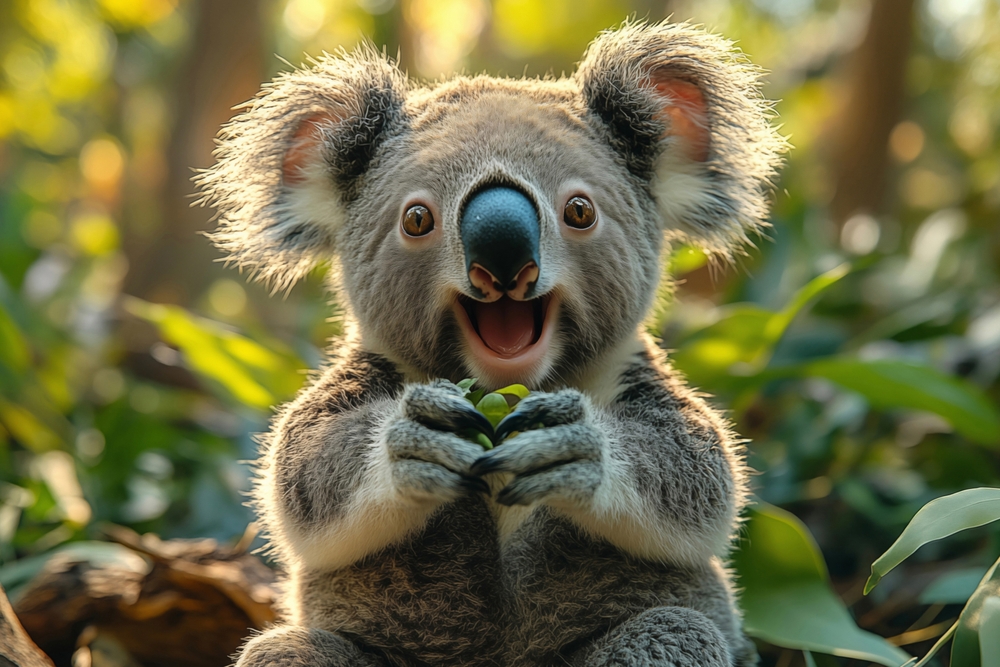
Koalas may look like cuddly teddy bears, but their claws tell a very different story. These tree-dwelling marsupials use their sharp claws to climb, but they’re also a formidable defense against threats. When provoked, koalas can lash out with surprising aggression, leaving deep, painful wounds. Their powerful grip can make it nearly impossible to pull them away if they latch onto someone. They might look adorable, but koalas are far from harmless.
4. Wombats’ Bone-Crushing Rumps
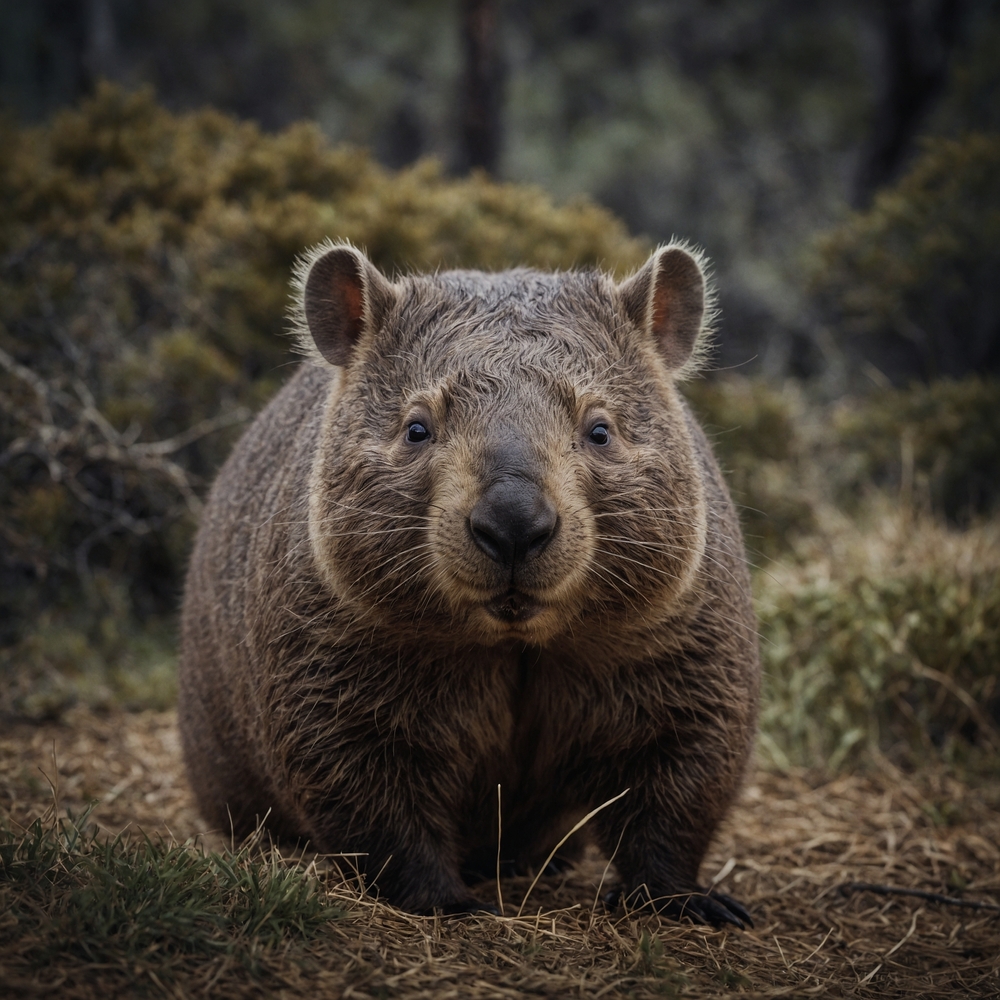
Wombats are deceptively sturdy creatures with thick-skinned rumps that serve as natural armor. When threatened, they’ll dive into their burrows and block the entrance with their rear ends, trapping predators. If predators persist, wombats can deliver powerful kicks or crush the attacker against the burrow walls. These seemingly docile animals have a defensive strategy that’s both unique and brutal. It’s safe to say you don’t want to be on the wrong side of a wombat.
5. Quokkas’ Fearless Curiosity
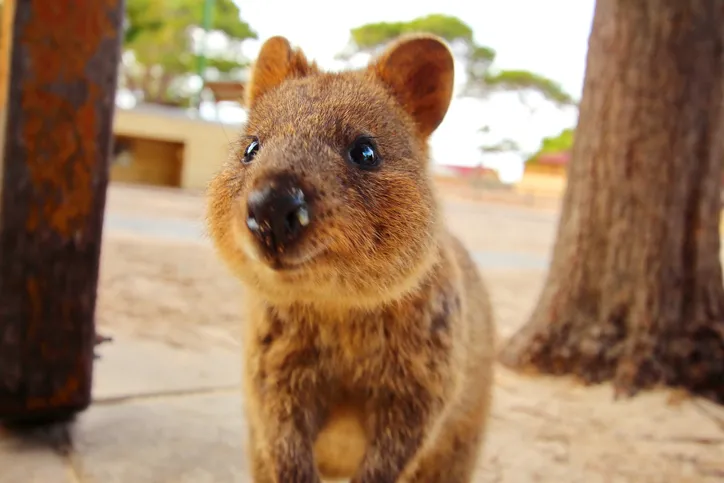
Known as the “world’s happiest animal,” quokkas often approach humans without fear, but this lack of caution extends to predators, too. Their curiosity can make them vulnerable to attacks, but they have a shocking survival tactic: abandoning their young to distract predators. While this trait may not make them physically dangerous, it’s a grim reminder of their brutal survival instincts. Their cute reputation hides a darker side that isn’t as innocent as it seems.
6. Sugar Gliders’ Territorial Aggression
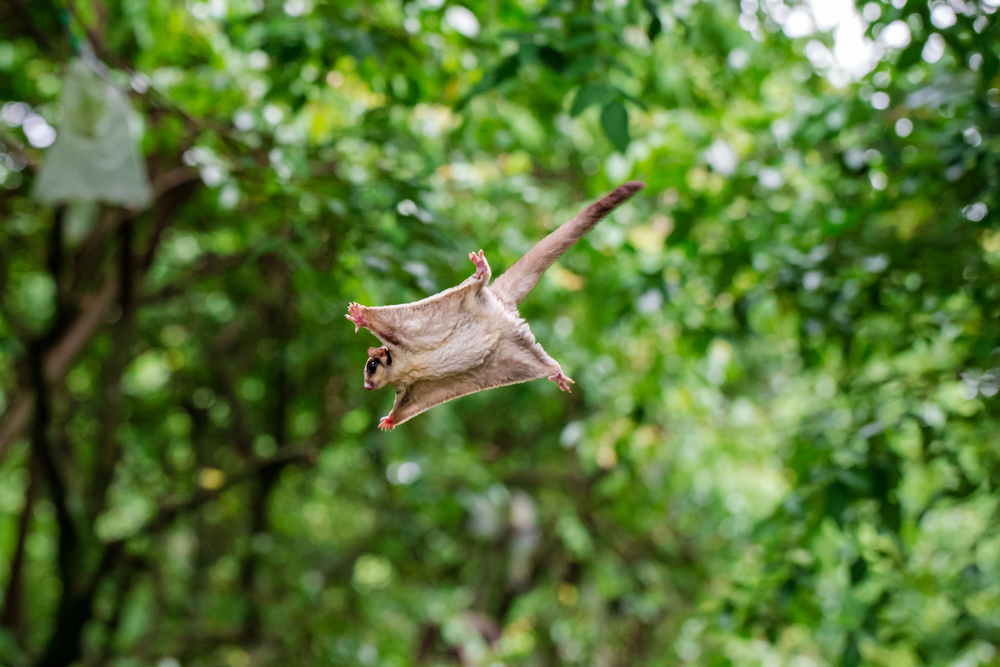
Sugar gliders may be small and charming, but they’re fiercely territorial when it comes to their nests. These nocturnal marsupials will defend their space with sharp claws and teeth, attacking intruders without hesitation. Their high-pitched screeches can be startling, serving as a warning and a distraction. While they’re not likely to harm humans, their aggression makes them formidable to other small animals. Never underestimate the fury packed into such a tiny frame.
7. Spotted-Tailed Quolls’ Ruthless Hunting Skills
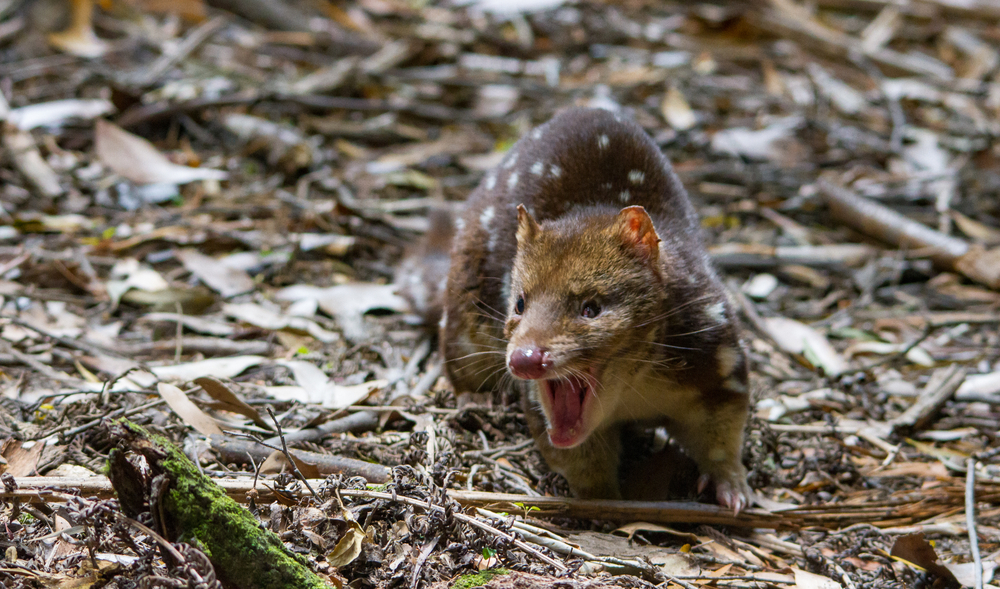
Quolls are carnivorous marsupials with sharp teeth, excellent climbing abilities, and a taste for meat. The spotted-tailed quoll, in particular, is known for its stealth and efficiency as a predator, taking down birds, reptiles, and even small mammals. Its bite can be fierce, and it’s not afraid to defend itself if cornered. Despite their small size, quolls are fearless hunters capable of surprising strength and aggression. They’re a reminder that marsupials can be just as predatory as cute.
8. Possums’ Venomous Defenses
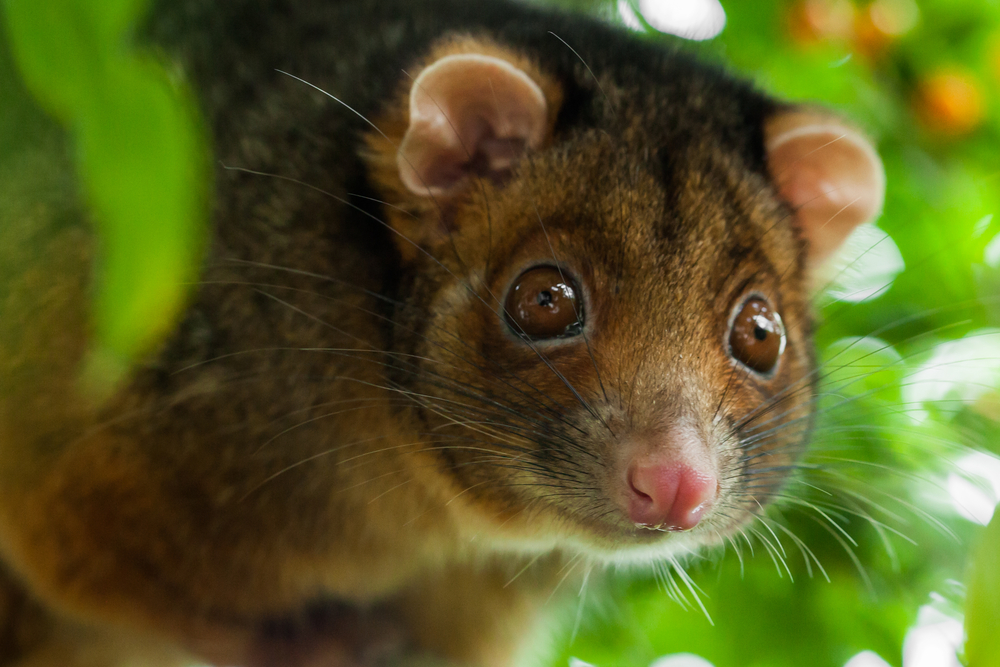
Some possums, like the common brushtail possum, have venomous saliva that can irritate or inflame wounds. While their bites are rarely life-threatening, they can lead to painful infections if untreated. Possums are also known for their hissing and aggressive posturing when cornered, often lashing out with their sharp teeth. Their adaptability makes them frequent visitors to urban areas, increasing the likelihood of encounters with humans. These marsupials may look harmless, but they can deliver a nasty surprise.
9. Tree Kangaroos’ Unpredictable Strength
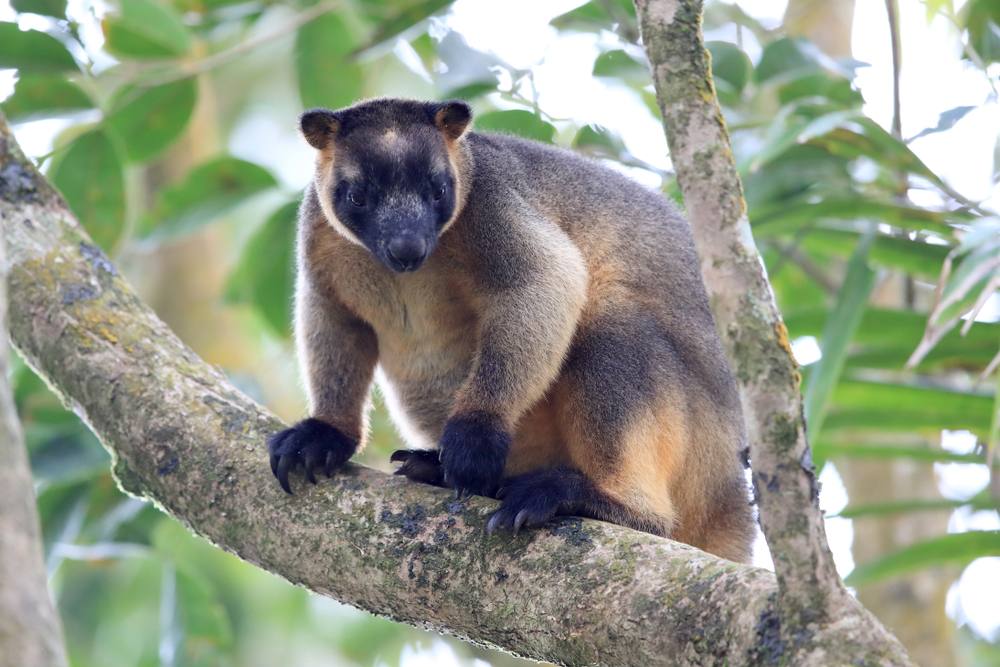
Tree kangaroos may look clumsy compared to their ground-dwelling cousins, but they’re surprisingly agile and strong. Their sharp claws and powerful legs allow them to climb trees and defend themselves against predators. They can deliver a forceful kick or lash out with their claws, leaving deep wounds when threatened. Found in rainforests, these marsupials are as unpredictable as they are fascinating. Despite their awkward appearance, they can hold their own in a fight.
10. Bandicoots’ Defensive Speed
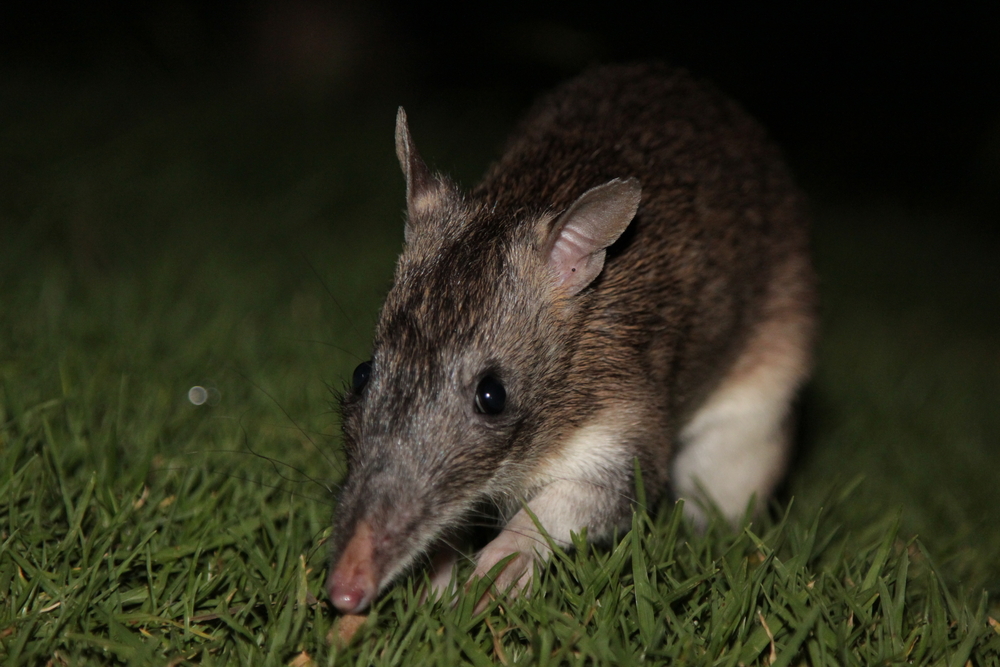
Bandicoots might look small and vulnerable, but their speed and agility make them tough to catch. They can dart away at impressive speeds when threatened, using their sharp claws to dig escape routes. If cornered, they’ll lash out with quick, aggressive strikes, surprising predators with their feisty nature. While they’re not outright dangerous to humans, their ability to evade and defend themselves is remarkable. These little marsupials are survivors through and through.
11. Numbats’ Defensive Evasiveness
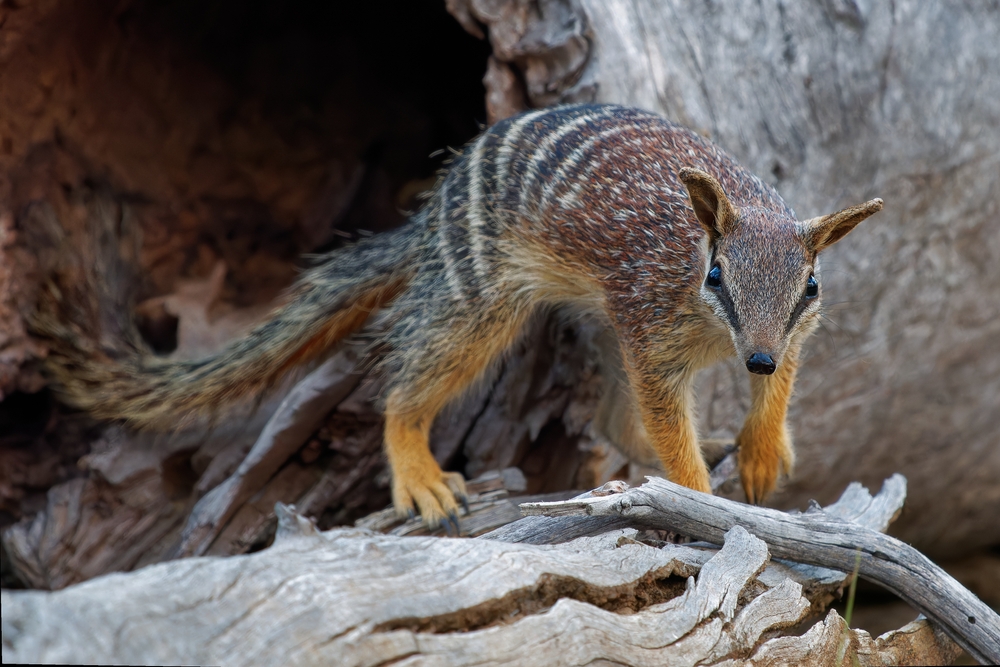
Numbats, known for their termite-heavy diets, are quick and elusive when faced with danger. These small marsupials rely on their speed to evade predators, darting into burrows or dense vegetation. If caught, they’ll use their sharp claws to fight back, making them more difficult prey than they appear. While they don’t threaten humans, their survival instincts are fierce. It’s a reminder that even the smallest marsupials have their ways of staying alive.
12. Bettongs’ Unexpected Aggression
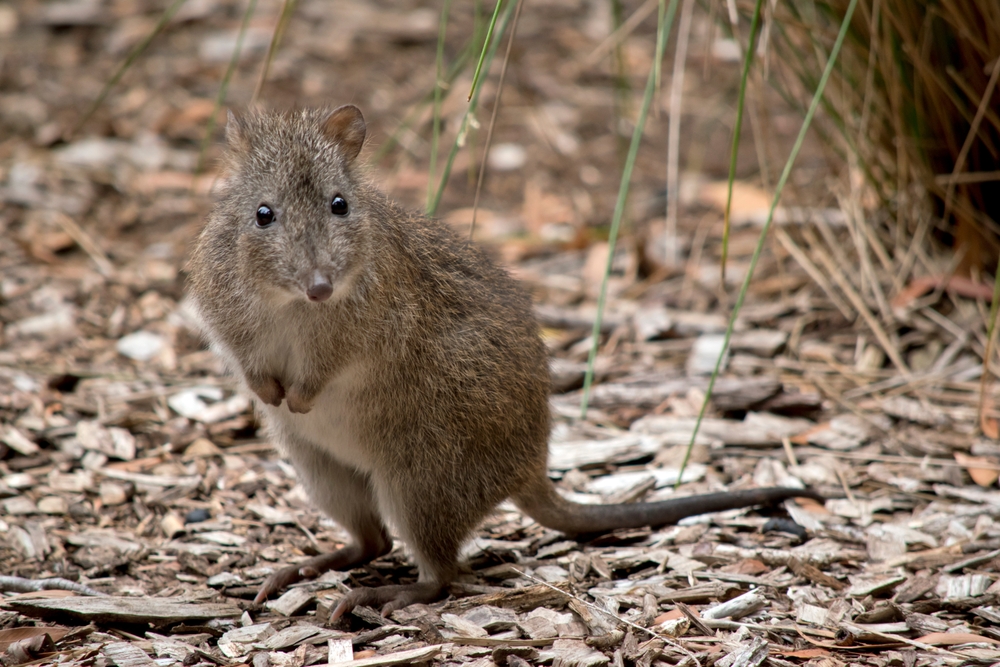
Bettongs, also known as rat-kangaroos, may seem harmless, but they’re not afraid to fight when cornered. They’ll use their sharp teeth and strong legs to defend themselves, often surprising predators with their ferocity. These marsupials are also highly territorial, ensuring their safety by keeping competitors at bay. Despite their cute, small appearance, they’re scrappy survivors with a fighting spirit. Bettongs prove that size doesn’t always determine strength.
13. Rock Wallabies’ Cliffside Agility
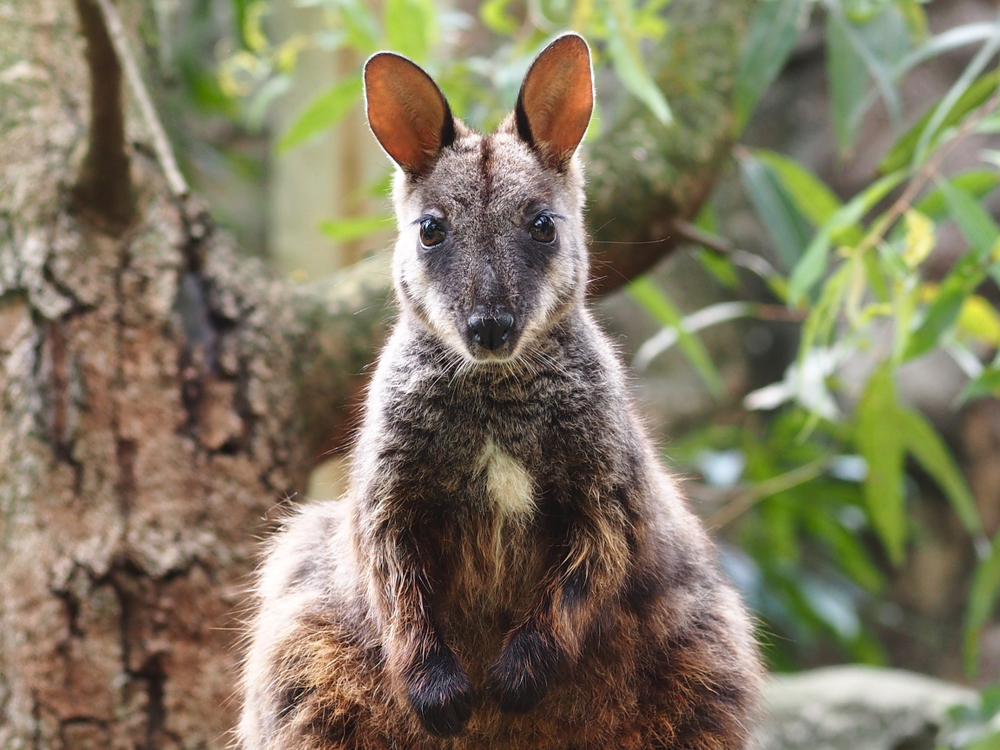
Rock wallabies are masters of navigating steep, rocky terrain, often escaping predators by leaping between cliffs. Their agility and strong legs allow them to traverse environments that most predators can’t reach. If cornered, they’ll use their powerful kicks to fight back, making them formidable opponents despite their size. Their ability to thrive in extreme environments makes them unique among marsupials. They might not be the most aggressive, but their survival skills are unmatched.
14. Antechinus’ Hyperactive Aggression
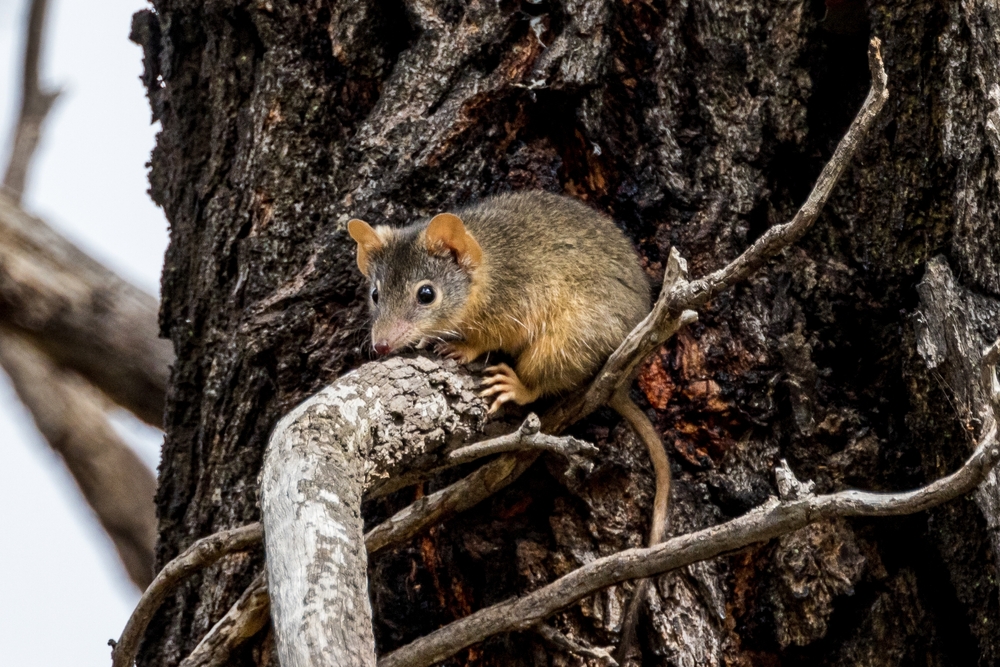
The antechinus is a small, mouse-like marsupial with shocking aggression during mating season. Males become so driven that they engage in exhausting, violent mating battles, often dying from the stress. While they’re not dangerous to humans, their behavior highlights the extreme lengths these animals go for survival. Their small size hides a ferocity that’s both fascinating and terrifying. It’s a reminder that even the tiniest creatures can have wild, dangerous traits.
15. Wallabies’ Surprising Defensiveness
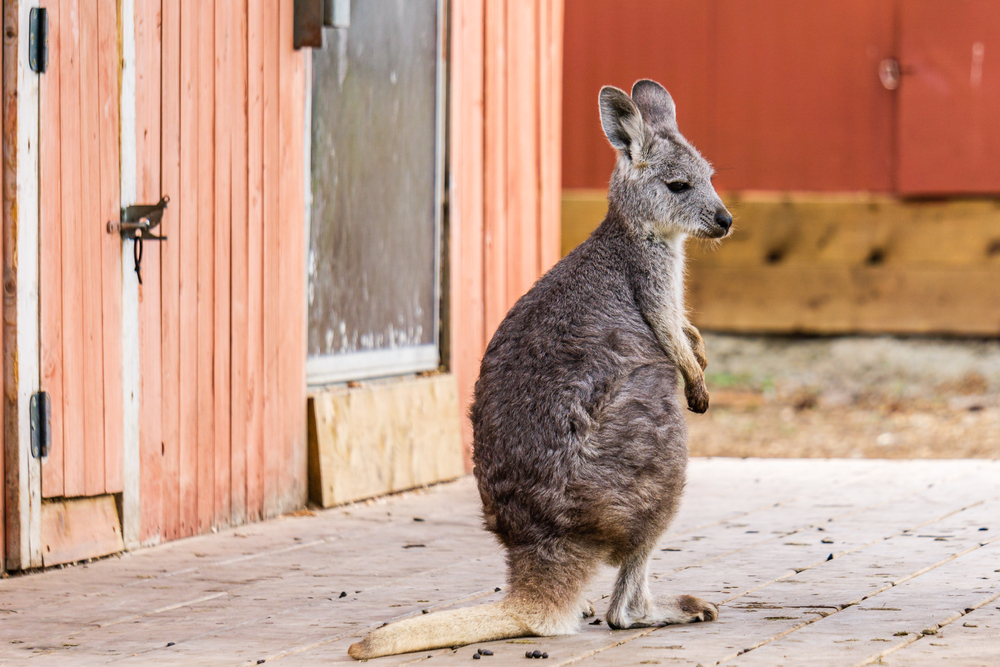
Wallabies are often seen as minor, cuter versions of kangaroos but can be just as aggressive when threatened. They use their strong legs to kick and their claws to slash at predators or perceived threats. While they’re typically shy, they won’t hesitate to defend themselves or their young if cornered. Despite their gentle appearance, their strength and agility make them a force to be reckoned with. Wallabies prove that even the most unassuming marsupials can have a dangerous edge.
